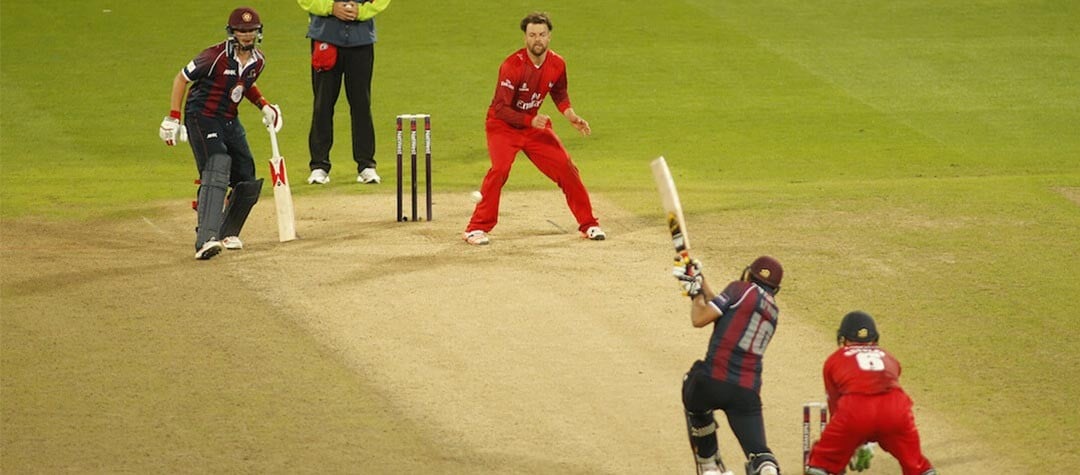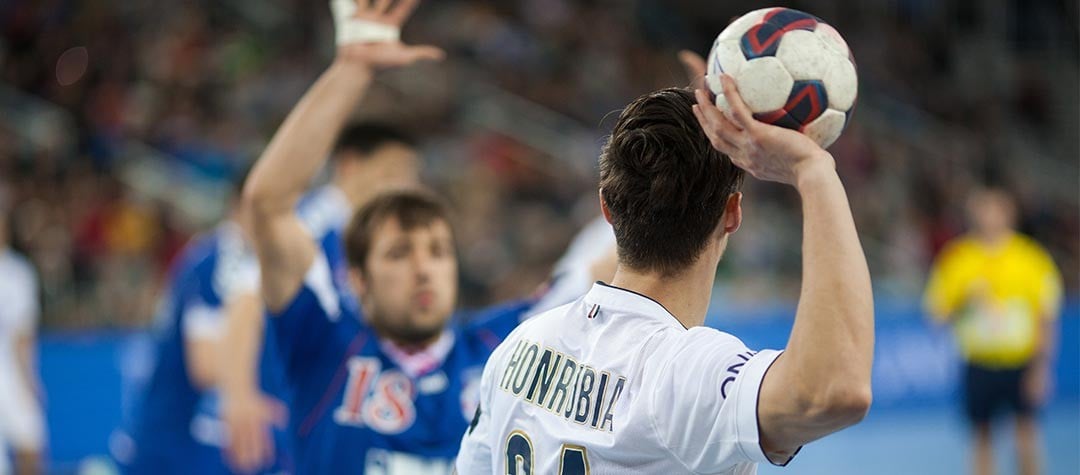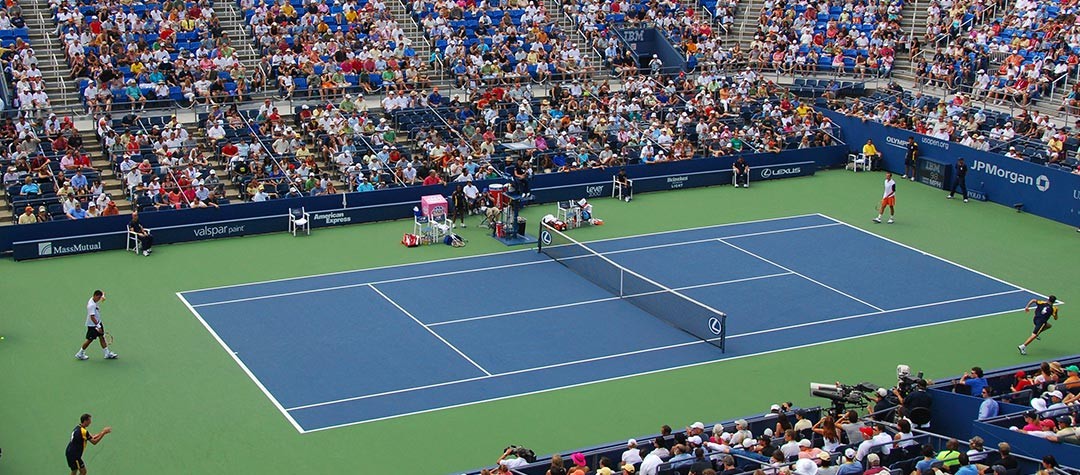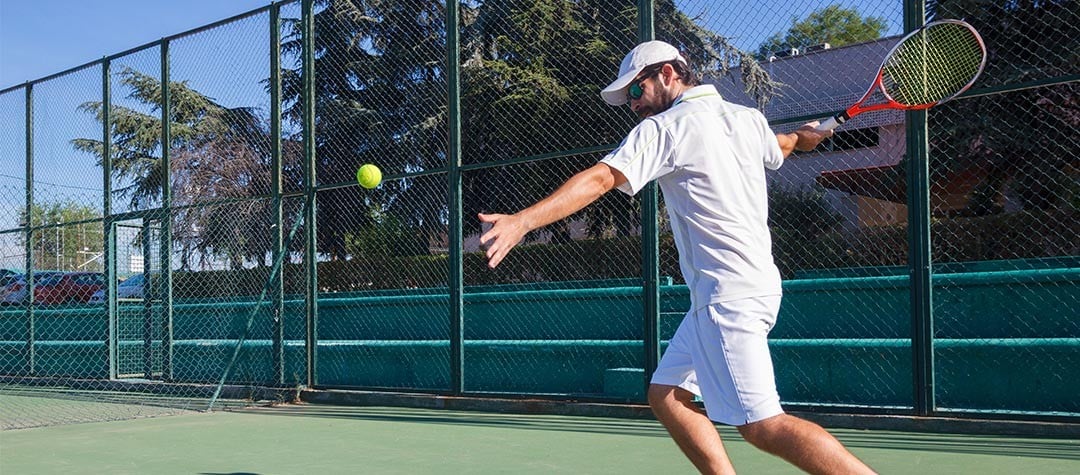Like any sport, it’s important to know the rules before stepping onto the racketball court.
Here is our guide to the basic rules, which will give you a good understanding of the game before you start. If you’re familiar with squash or handball, then you should be able to easily pick up the rules of the sport.
General rules of racketball
- The game is played by two or four players.
- The court is rectangular, measures 32 ft x 21 ft, and is enclosed on all four sides.
- The object of the game is to hit the ball so that the opponent can't reach it before it bounces twice. Players hit the ball alternately.
Serving in a racketball match
The right to serve first is usually decided by the spin of a racket or coin. The server continues to serve until he or she loses a point, after which the serve passes to the opponents.
To serve, the ball must be dropped onto the floor and then hit directly onto the front wall between the board/tin and the out of court line without bouncing. It must (unless the opponent volleys the ball in return) fall to the floor within the back quarter of the court opposite the server’s box.
If the server serves one fault, then they can serve again — but two consecutive faults means the server loses the point and their serve.
Serves can be called as faults in the following instances:
- When the server fails to have at least one foot in contact with the floor within the service box. This is a ‘foot-fault’.
- When the ball touches the back wall before touching the floor. However, it is okay for the ball to touch one of the side walls before touching the floor.
- When the ball fails to land in the correct back quarter of the court.
- When the ball isn’t bounced on the floor before serving.
- When the ball is served onto, or below, the board/tin.
- When the ball is served against any part of the court other than the front wall.
Returning in racketball
After a good service has been delivered, the players must return the ball alternately until one of them fails to make a good return. A return is good if the ball player hits it against the front wall before it has bounced twice. The ball can be hit directly onto the front wall or hit onto the front wall via the other walls.
How points are scored
Points can be scored by either player regardless of who is serving. When the server wins a point, he or she keeps the service. When the server serves a fault or fails to make a good return, then the opponent wins the point and becomes the server.
A player can win a point in a number of ways, including the following:
- When the opponent fails to return the ball before it has bounced twice.
- When the ball is hit out of bounds by the opponent.
- When the ball touches the opposing player or anything worn by the opposing player.
- When the opposition player ‘double hits’ the ball.
Winning a racketball match
Matches usually consist of three or five games, with the winner being the first to win two or three games respectively. The winner of a game is the first player to reach 11 points. If the score in a game is tied at 10-10, a player must win by two clear points.
Doubles rules in racketball
The rules of doubles matches are pretty much the same as the rules for singles, with the exception of the following:
- The sides have two players each.
- Each side nominates its server for the whole of a particular game during a match, with the alternative player serving in the following game.
- At the beginning of each game, each side designates one of its players to receive service in the right-hand service court and the other to receive service in the left-hand service court.
- During a point, players must strike the ball in rotation so that the order of striking is: the server, the receiver, the server’s partner, the receiver’s partner. The players should continue to hit the ball in this order until the point is won or lost.














